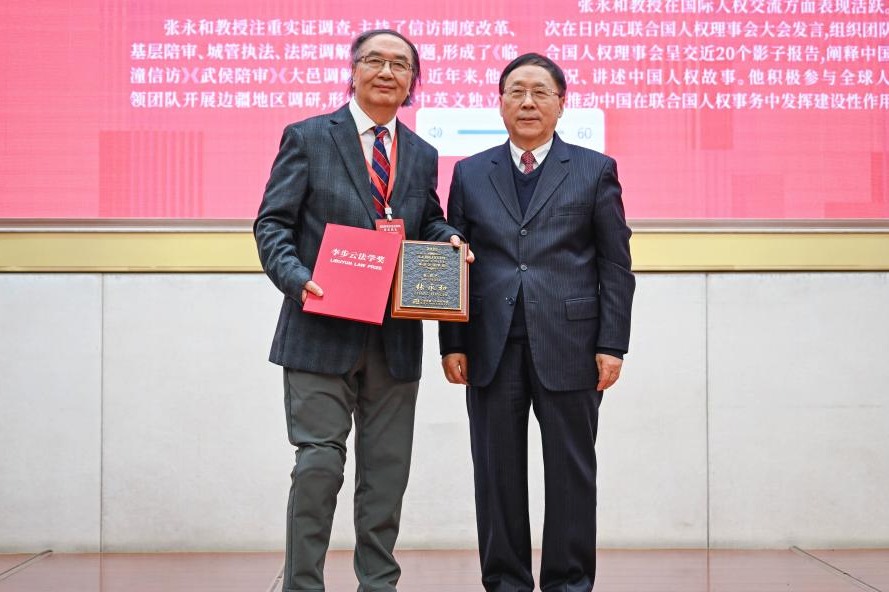Guangzhou plans more housing to meet demand


Guangzhou, Guangdong province, plans to provide more than 1.31 million urban apartments to meet its housing demand during the 14th Five-Year Plan period (2021-25).
According to a development plan for housing in the southern metropolis, the newly constructed housing units will include commercial apartments, public rental housing and co-ownership housing, to meet the needs of more than 3 million new residents.
Co-ownership housing refers to homes that are developed or purchased by governments and sold to qualified residents at market prices. Purchasers live in the property after they have paid part of the price, while sharing property rights with the government.
The plan was published by the city's housing and urban-rural development bureau on its website on Wednesday.
The plan said the housing supply in the central urban areas will increase significantly, housing space will be more optimized and the number of livable communities will increase during the period.
By 2025, the targeted per-capita housing area for urban residents in Guangzhou will reach 36 square meters, the plan said.
The new housing development plan will help Guangzhou attract new talent and further enhance people's sense of identity and belonging, the plan said.
As a mega city with a net population inflow, Guangzhou has faced pressure in recent years to house new residents, it said.
The city now has a population of more than 18 million and Guangdong province has 125 million, the most populous region in the country.
- Doctor injects child with improperly stored drug at Chongqing hospital
- Xi's special envoy attends forum dedicated to Intl Year of Peace and Trust in Turkmenistan
- Memorial ceremony remembers victims of Nanjing Massacre
- Louvre's largest showcase in China goes on display at Museum of Art Pudong in Shanghai
- Indonesian foundation to fund students, school administrators to exchange and study in Tianjin
- Archives detailing crimes of Japanese unit released




































